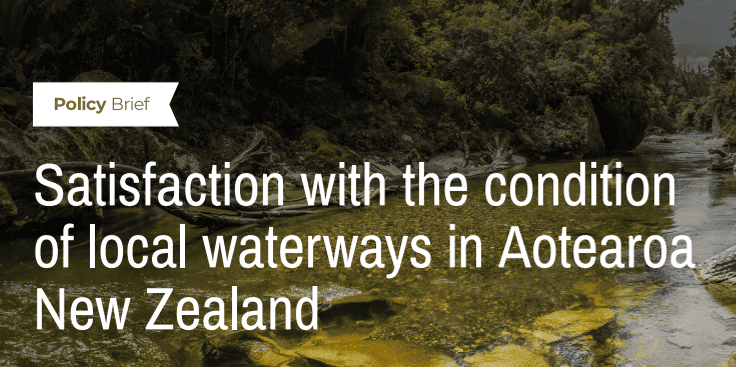Urban freshwater quality has become the focus of several BioHeritage themes, including SO2: Empowering Kaitiakitanga & Environmental Stewardship. One of the goals of SO2 is to understand the underlying values and drivers that lead some people to actively protect our biological heritage. This requires understanding feedbacks between people in the landscape and the ecosystems in which they live.
Taciano Milfont, a seasoned academic and member of the S02 team, started thinking outside the academic box for how to derive, describe and communicate an understanding of people’s values and drivers that can be communicated faster, also noting that many different types of evidence are considered valid when informing policy.
Taciano and the team started thinking about the kinds of diverse evidence available that would help promote an understanding of underlying environmental values and drivers held by New Zealanders. One resource available to them was the New Zealand Attitudes and Values Study (NZAVS), which Taciano has been involved with for several years. NZAVS is a 20-year longitudinal, nation-wide study. The survey collects data from more than 70,000 New Zealanders on their social attitudes to current issues.
Of course, NZAVS hadn’t captured the “values and drivers that lead some people to actively protect our biological heritage”. But what they have captured is people’s perception of their local waterways. In 2018, NZAVS asked 47,948 adult New Zealanders to rate their level of satisfaction with the quality and health of waterways in their region.
Using the NZAVS dataset, Taciano and his co-authors were able to determine that participants’ average level of satisfaction with their local waterways was not great—4.8 out of 10. They were also able to tease out variation in satisfaction levels by region and demographic due to the rich and detailed dataset.

Their analysis is publicly available in this 2-page policy brief, titled “Satisfaction with the condition of local waterways in Aotearoa New Zealand”.

It’s important to note that a policy brief is often a summary of a larger body of work, like a scientific paper or a larger report. But in the case of this policy brief, what you see is what you get.
“We’re not planning to write an article because it would take months to get something published,” says Taciano. “We feel it’s best to quickly share the findings.”
The policy brief has been distributed to policy makers and circulated on social media. We encourage you to read it, share it with others and think about how you rate the quality and health of waterways in your region.
Jenny Leonard
